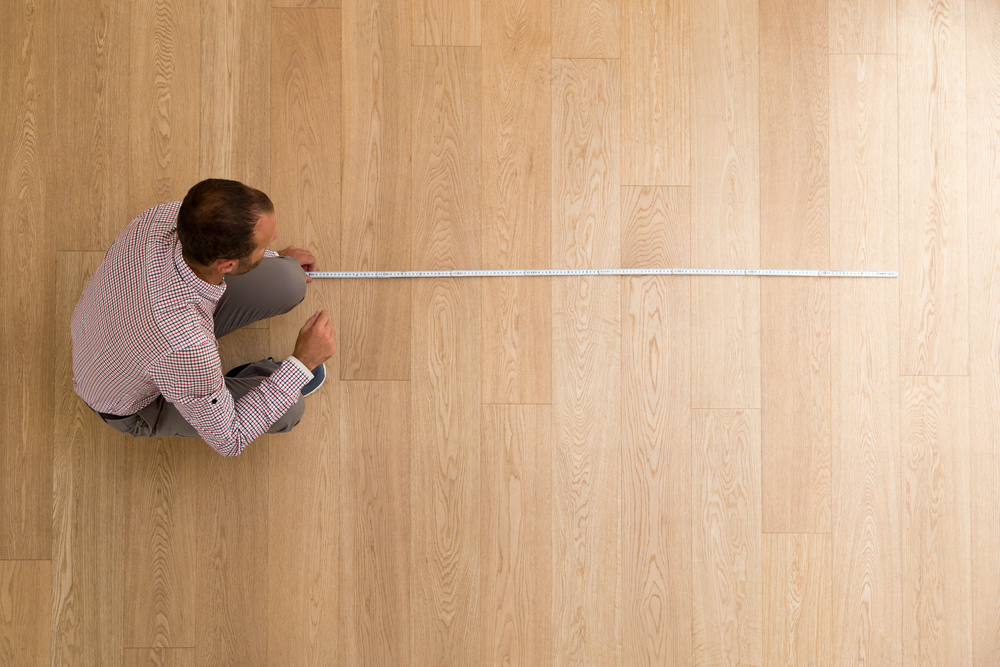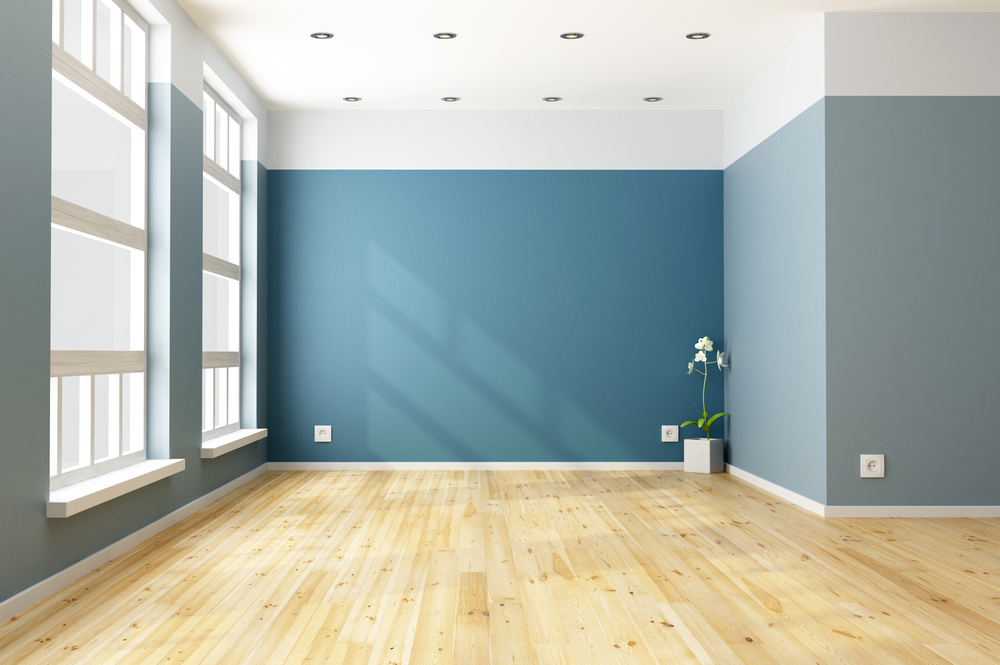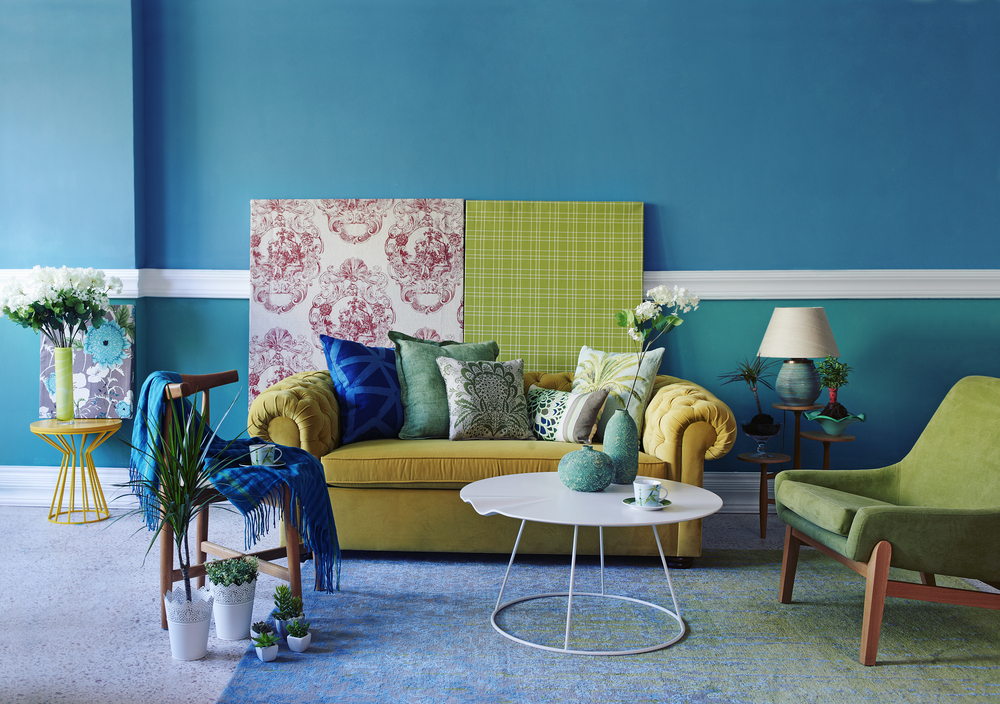Furniture placement within a home is more than just arranging pieces—it's about crafting a harmonious space that blends functionality, style, and comfort. Whether you're revamping your living space or moving into a new home, getting the placement of your valuable furniture right can significantly enhance the ambiance and utility of your space.
Arranging furniture in a home requires careful consideration of various factors, such as functionality, aesthetics, and space utilization. While there are no hard and fast rules, here is a guide to help you with the right placement of valuable home furniture this year:
Start With A Floor Plan
Create a floor plan of your home, including accurate measurements of each room. This will help you visualize the space and plan the placement of furniture accordingly. If you have an open floor plan, use furniture placement to define different zones within the space.
For example, use a sofa or a bookshelf from HomeShop to separate the living area from the dining area. This helps create distinct areas while maintaining an open and cohesive feel.

Consider The Room's Function And Space.
Determine the primary function of each room. For example, a living room is typically used for entertaining guests and relaxation, while a dining room is meant for meals. Understanding the purpose of the room will guide your furniture placement decisions.
Different room shapes require different furniture placement strategies. For a long, narrow room, consider arranging furniture along the shorter walls to create a sense of width. In a square room, you can place furniture in the center to create a cozy conversation area.

Keep In Mind Focal Points
Identify the room's focal point, such as a fireplace, large window, or a prominent architectural feature. Arrange the furniture to highlight and complement these focal points. For instance, position the seating area in the living room to face the fireplace or a picturesque view.
Organize seating in a manner that supports discussion and connection. In the living room, place sofas and chairs facing each other to form intimate conversation zones. Leave enough space for easy movement around the furniture.
Keep An Idea About Traffic Flow
Ensure there is a clear and logical flow of traffic within each room. Abstain from hindering pathways or setting furniture in a manner that impedes development. Allow enough space between furniture pieces to enable comfortable navigation. Analyze how people naturally move through the room and arrange furniture accordingly. Avoid placing furniture in high-traffic areas or blocking doorways. Create clear pathways that allow for easy movement.
Consider Proportions
Take into account the size of your furniture in relation to the room. Avoid overcrowding a small space with oversized pieces or using tiny furniture in a large room. Keep a harmony between the furnishings and the room's aspects. Evenness can create a feeling of request and equilibrium in a room. Consider placing matching furniture pieces, such as side tables or lamps, on opposite sides of a sofa or bed. This can help establish a visually pleasing and harmonious arrangement.
Utilize Wall Space And Pay Attention To Lighting
Place larger furniture pieces from HomeShop, such as sofas and bookshelves, against the walls to maximize floor space. This creates an open and spacious feel within the room. However, be mindful of leaving some breathing room to avoid a cramped appearance.
Consider natural and artificial lighting when placing furniture. Position seating regions close to windows to exploit normal light. Place lamps strategically to provide adequate task lighting and create a cozy ambiance.
Balance The Room Along With Accessories
Achieve visual balance by distributing furniture evenly throughout the room. Try not to bunch all the furniture on one side, as it can cause the space to feel disproportionate. Instead, distribute the weight of furniture pieces to create a harmonious arrangement.
Once the furniture is in place, add personal touches with accessories such as pillows, rugs, artwork, and plants. These elements enhance the overall aesthetic and tie the room together.

Opt For Multi-Functional Furniture
In smaller spaces or rooms with multiple purposes, choose furniture pieces that serve dual functions from homeshop.ae. For example, a sofa with a pull-out bed can accommodate overnight guests, or a coffee table with hidden storage can provide extra space for blankets or books.

Keep Experimenting And Adapt
Furniture placement is not set in stone. Feel free for even a moment to investigation and attempt various designs. You might discover new arrangements that better suit your needs and preferences. Be open to making adjustments as you live and interact with the space. Look for inspiration in interior design magazines, websites, or social media platforms. Explore different styles and layouts that resonate with you. Adapt those ideas to your own space, considering your unique needs and personal tastes.
Conclusion
The right placement of home furniture from homeshop.ae transforms a space into a harmonious blend of style and functionality. By understanding your space, choosing the right pieces, and strategically arranging them, you can create a home that resonates with your personality and lifestyle. Remember, the ultimate goal is to create a space that is functional, aesthetically pleasing, and reflective of your style. Take your time, enjoy the process, and have fun arranging your valuable home furniture




